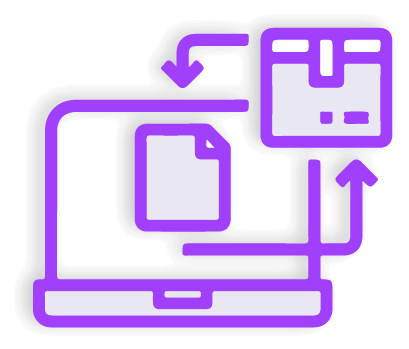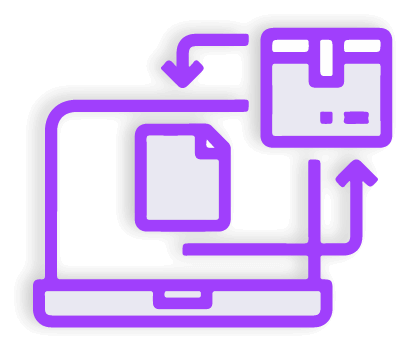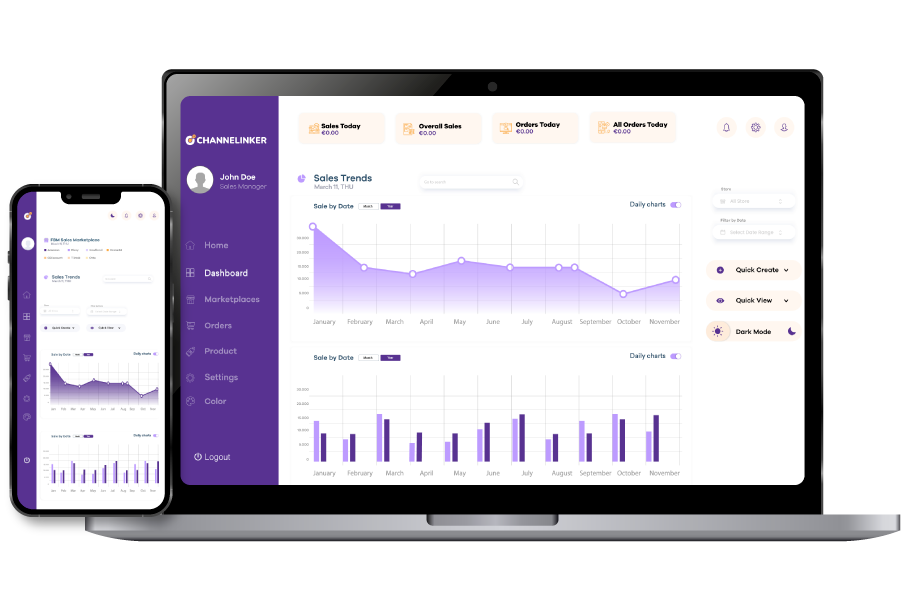Cash Flow Management

Managing your cash flow is essential to operating any successful business. Cash management consists of monitoring, analyzing, and optimizing the incoming and outgoing cash flow of a company to ensure that it is financially stable. One of the most common reasons for business failure is poor cash flow management, so cash flow management is a vital financial skill for business owners to master. In this article, we will take a deep dive into cash flow management, why it matters, best practices, tools and much more.
What is Cash Flow Management?
Cash flow management is the process of monitoring, analyzing, and optimizing the movement of money into and out of a business. This includes:
- Cash inflows: Money coming into the business, such as revenue from sales, investments, or loans.
- Cash outflows: Money going out of the business, such as operational expenses, salaries, loan repayments, and supplier payments.
By way of implementing strong cash flow management practices, we can make sure that a business is able to run smoothly, has the liquidity to handle its day-to-day operations, and can look out there for future growth and expansion. It’s not just about making sure that the business doesn’t run out of cash, but about making sure that available cash is leveraged as effectively as possible.
Cash Flow Management: Why Is It Important?
Effective cash flow management can spell the difference between success and failure in a business. Here are a few reasons why cash flow management is so important:
- Predict Shortfalls
Cash flow forecasting helps businesses predict when they might run low on cash. By accurately forecasting these shortages, firms can act smarter by negotiating a line of credit or cutting down on spending and therefore steering clear of distress.
- Reduce Business Stress
Having uncertainty about whether the business will be able to meet its obligations is stress for owners and managers. Cash flow management streamlines this process, giving you clarity and control over your financial resource.
- Know When to Grow
Cash flow insights guide businesses on when they can expand. Positive cash flow indicates that a company is financially healthy enough to pursue growth opportunities without putting its solvency at risk.
- Gain Leverage
Having a healthy cash flow also means that businesses have a better position to negotiate with suppliers, creditors, and investors. It allows companies to negotiate better payment terms, secure discounts, or even gain potential investors.
- Improve Budget Accuracy
Analyzing cash flow can help companies develop more accurate budgets and financial strategies. This assists in better resource allocation and strategic decision making.
10 Strategies For Managing Cash Flow
Businesses can use the below strategies to manage the cashflow efficiently:
- Prepare a Forecast
The foundation of effective cash flow management is a robust cash flow forecast. This planning allows for forecasting of situations where the company will have to make longer-than-anticipated resource distributions before receiving inflows, preventing avoidable complications.
- Focus on Inventory Control
Too much inventory locks up cash that can be better deployed elsewhere. Adopting an effective inventory management technique like just-in-time (JIT) inventory will help prevent capital from sitting in unsold stock.
- Lease, Don’t Buy
Leasing equipment and assets rather than purchasing them outright can be a way to preserve cash and get more flexibility. Instead, leasing usually has lower initial costs and allows businesses to upgrade or replace assets with less of a financial burden.
- Send and Pay Invoices on Time
Invoicing promptly can speed up the process of receiving cash inflows. On the other hand, paying invoices on time ensures the maintenance of a good relationship with suppliers and prevents late payment charges. By automating this process, efficiency can be improved.
- Seek Out Additional Streams of Income
Multiple revenue streams can help smooth cash flow. Such as introducing subscription models, new markets or complementary products/services, you will gain media income.
- Ask Suppliers for Discounts for Timely Payments
Most suppliers offer discounts for early payments. This will help you save money and better cash flow your finances.
- Negotiate Supplier Terms
By negotiating longer payment terms with their suppliers, businesses can hold onto cash for longer, providing them with additional flexibility in terms of managing their outflows.
- Open a High-Interest Savings Account
Consider putting excess cash into a high interest savings account, this will enable the businesses to earn an extra income on their savingsbursts. This approach improves total cash flow and maintains liquidity.
- Have an Emergency Fund
Establishing a cash reserve to cover the unforeseen ensures the business can pay anything and everything necessary to maintain operations without impacting operations and its budget.
- Invest in Software
Software for managing cash flows offers real-time insights, automates tracking and supports forecasting. For instance, Tesorio or Jirav are great tools to increase decision-making and efficiency in finance.
Cash Flow Management Tools
There are many ways in which tools can support businesses to manage cash flow. Here are five options that tend to be popular:
- Google Sheets
Intuitive and readily available, it gives businesses the ability to generate cash flow tracking spreadsheets. Though it involved manual entry, Google Sheets is a budget-friendly option for smaller companies.
- Tesorio
Tesorio offers real-time cash flow visibility and predictive analytics. It allows firms to manage working capital better and automate processes such as collections and payments.
- Kolleno
Kolleno is a receivables management tool that automates invoicing and payment reminders. It’s meant to enhance cash flow by speeding up collections and minimizing overdue payments.
- Jirav
Jirav has integrated forecasting, budgeting, and reporting capabilities. It is especially needed for business people seeking a complete financial planning solution.
- Causal
Causal enables companies to build dynamic cashflow forecasts and conduct scenario analysis. It’s a potent tool for businesses that wish to visualize various financial scenarios.
Cash Flow Management FAQ
- What is a cash flow management plan?
Such as a cash flow management plan that reviews, assesses, and improves a business’ cash inflow and outflow since the date of training ending on October 2023 and prepares for the future. This encompasses forecasting, establishing goals, and executing plans to maintain enough liquidity for both short-term operations and long-term objectives.
- What are the tasks of cash flow management?
The key tasks of cash flow management include:
- Monitoring daily cash transactions.
- Preparing cash flow forecasts.
- Managing accounts receivable and payable.
- Controlling expenses.
- Planning for capital expenditures.
- Securing financing when necessary.
- What is the best way to manage cash flow?
The best way to manage cash flow depends on the business’s size, industry, and financial situation. However, general best practices include:
- Regularly updating cash flow forecasts.
- Maintaining an emergency fund.
- Using cash flow management tools.
- Negotiating favorable terms with suppliers.
- Diversifying revenue streams.


